Derek Krause likes to be
prepared. The 59-year-old retired fire chief used to teach courses on how to be
self-sufficient in the wake of a natural disaster. So last October, when he and
his wife arrived home to find their Oakland, Calif., neighborhood blacked out,
Krause was ready with solar panels and battery backup.
Most
people weren’t so fortunate. While solar power kept Krause’s lights on and
refrigerator and Wi-Fi running over the three-day outage, the neighbors drove
around in search of ice and lined up to buy generators. “My wife said, ‘It’s
sort of like the movie The Purge,’ ” Krause recalls. “Your security
system doesn’t work, your garage doesn’t work, your phone doesn’t work, and
streetlights and the traffic signals don’t work. Good luck; you’re on your
own.”
That October outage was part of a series of deliberate blackouts that plunged millions of Californians into darkness. Pacific Gas and Electric shut off the power to prevent power lines from sparking wildfires in dry, windy conditions (SN Online: 11/1/19). It was one of many examples of how the U.S. power grid fails to stand up against weather hazards. In July 2019 in New York, the energy company Con Edison unplugged tens of thousands of customers to avoid equipment damage due to overheating during a heat wave. In 2017, Hurricane Harvey — whose severity has been linked to human-driven climate change — ripped through Houston and cut power to more than 300,000 customers (SN: 1/20/18, p. 6).
More than half of major U.S. power outages from 2000 to 2016 were caused by natural hazards like hurricanes, heat waves and wildfires, according to research reported July 2018 in Reliability Engineering & System Safety. Climate change is making such extreme weather more likely and more intense (SN Online: 12/10/19). The aging U.S. power grid is not expected to hold up well to the coming climate stresses: “Americans will likely experience longer and more frequent power interruptions,” the American Society of Civil Engineers predicted in a 2017 report.
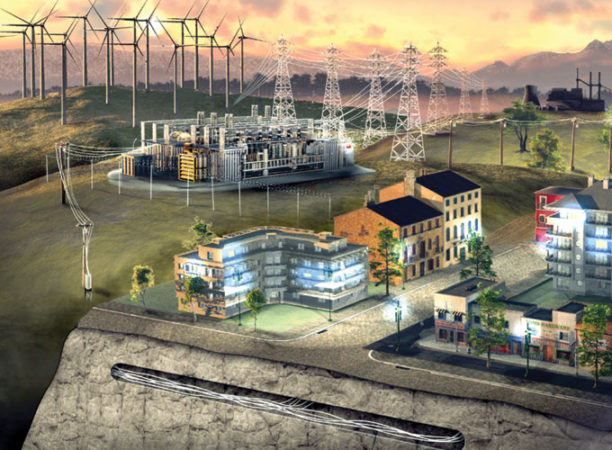
Fixer-upper
America’s energy
infrastructure is a sprawling network of millions of power lines overseen by a
patchwork of grid operators. “There isn’t enough money in the world” to
retrofit the entire grid with all new equipment that’s more firesafe and sturdy
against storms, says electrical engineer B. Don Russell of Texas A&M
University in College Station. “We’re going to have to live with what we’ve got
for a long, long time.”
Realistically,
there are two main ways to make electricity access more reliable in severe
weather: getting smarter about how to patch up precarious parts of the grid,
and building backup plans for when the grid fails. Some utilities are using new
computer algorithms that pinpoint grid vulnerabilities sooner and figure out
the best fixes. Meanwhile, a few communities are taking matters into their own
hands by building microgrids, which can get power from solar panels when the
electricity supply from the power company gets cut off.
The U.S. power grid is a 19th century system
operating under the stresses of a 21st century climate. When the first power
lines went up, they were designed to operate with very little babysitting, says
Alexandra von Meier, an electric grid researcher at the University of
California, Berkeley. It just wasn’t practical for utilities to regularly
inspect their entire electrical systems. Instead, utilities have maintained
power lines under a run-to-failure mentality — assuming everything is fine
until someone calls in to complain about an outage.
Today
power companies are bringing new technology to bear on this centuries-old setup
to keep better tabs on power lines and identify weather-related hazards before
they cause trouble. With earlier warning of potential failures, utilities have
been able to repair equipment more proactively and can better judge which lines
should be powered down during weather conditions that boost fire risk. For
instance, companies can use drone surveillance to keep a closer eye on trees
near lines that could ignite a wildfire on a blustery day.
Russell
and colleagues have developed a system that more directly monitors power lines
for potential fire hazards. The system relies on sensors at substations — facilities
where high-voltage lines that travel long distances meet low-voltage lines that
snake through neighborhoods. These sensors monitor how electricity is flowing
through power lines connected to the substation. The system can recognize
subtle electrical signatures of malfunctioning wires, electrical switches,
insulators and other components days or weeks before those components break and
cause an outage. These electrical signals also contain clues about where the
problem is — sometimes down to the exact location on an individual power line.
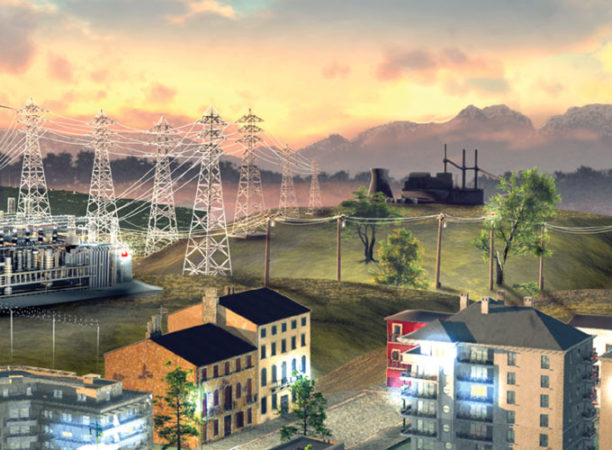
To
create the system, described in November 2019 at the Grid of the Future
Symposium in Atlanta, Russell’s team analyzed data recorded during device
failures at a dozen power companies’ substations over 15 years. That allowed
the researchers to tease out the electrical fingerprints of different equipment
malfunctions. To date, over 20 utilities in the United States, as well as
several in Australia, have deployed the Texas A&M automated system at their
substations. “We have hundreds … if not thousands of examples where we [have
found] a piece of failing equipment” or other ignition risks, Russell says.
Those include power lines getting yanked down or brushing against trees, as
well as components melting or sparking.
Utilities can also make the grid more reliable by redesigning parts of it and adding new equipment in vulnerable areas. That might involve running some lines underground in areas prone to wildfires, or building new power lines that provide detours for electricity if other lines go down during a storm. But renovations are expensive. Burying wires can cost between $300,000 and $1.25 million per kilometer, compared with $80,000 to $240,000 for overhead wires, according to a 2019 World Bank report. And figuring out which upgrades will keep the power on for the most people is a complex puzzle.
The
number of possible new installations and renovations across a network of power
lines is often so high that a computer cannot simulate every combination of
upgrades to calculate how many customers would benefit. “If you have on the
table 100 or 150 or more different things you could do to your system and you
look at all the possible combinations … very quickly the number of combinations
exceeds the number of atoms in the universe,” says computer scientist Russell
Bent of Los Alamos National Laboratory in New Mexico.
To
tackle this problem, Bent and colleagues developed a computer program that
doesn’t simulate every possible combination. Instead, it strategically samples
upgrades from the pool of options that a utility has funding for and evaluates
how the utility’s network would fare in different disasters — such as
earthquakes and hurricanes — with each upgrade option. The system judges the
benefit of each option by the fraction of “critical loads,” such as hospitals
and police stations, served during the disaster, as well as the overall
fraction of customers served.
The
program might think, “I’ve got a solution that costs $50 million, and it gives
me the resilience benefit I’m looking for. Therefore, I should not be
considering any solution that’s more expensive,” Bent says. Splitting a grid
into smaller chunks and identifying optimal upgrades for each also helps the
computer system determine which potential solutions to consider for the
network.
Bent’s
team ran scenarios for hypothetical power line networks in urban and rural
distribution systems, describing the results online at arXiv.org in January
2018. Those results are slated to be published in the INFORMS Journal on
Computing. For the rural network with long power lines that would be
expensive to duplicate, the program was more likely to suggest installing extra
localized backup generators. For urban networks with shorter lines, the program
tended to favor building backup power lines. Utilities that belong to the U.S.
National Rural Electric Cooperative Association can now use the Los Alamos group’s
tool online to see what upgrades it recommends for their systems.
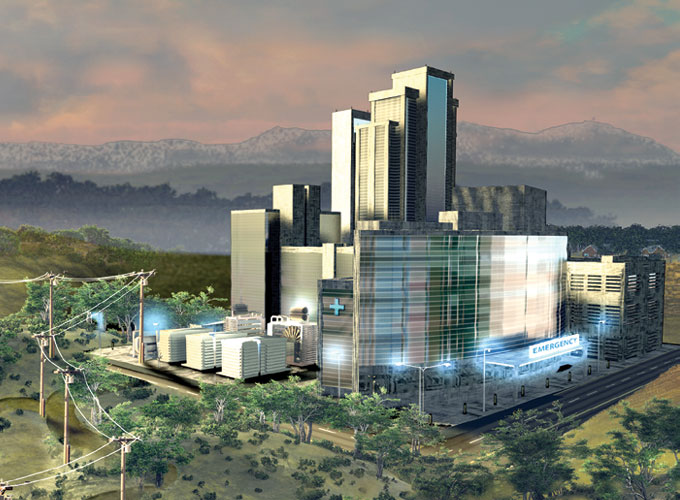
Going off grid
Strategic upgrades to make the grid more climate-ready are likely to roll out slowly. “There are very few requirements for what those in the industry have to do to comport with climate change,” says Robert Verchick, who studies disaster and climate change law at Loyola University New Orleans. So companies often don’t invest in building more climate-ready systems until a disaster has already struck. When companies do decide to upgrade or add on to their existing systems, the work can take years.
In
some locations, people have pressured utilities into action. After Superstorm
Sandy cut power to over a million Con Edison customers in New York in 2012, a
group led by the Sabin Center for Climate Change Law at Columbia University
successfully petitioned the New York Public Service Commission to make Con
Edison account for sea level rise, heat waves and other effects of climate
change in any planned renovations. Other communities could push their public
utility commissions to impose similar requirements, Verchick says.
But
no amount of strategic repair or new infrastructure will make the power grid
perfect. “There are always [weather] possibilities that are beyond the control
of any utility company,” says von Meier, of UC Berkeley. Inevitably, preemptive
shutdowns or weather-related blackouts will leave some in the dark.
People whose homes have solar panels and battery backup, like Oakland resident Derek Krause, can sometimes silo themselves off from the main grid and run independently during outages. Solar energy is growing in popularity; the number of residential, business and utility solar panel installations in the United States have about doubled since 2016, reaching 2 million in May 2019, according to the U.S. trade group Solar Energy Industries Association. But that’s still small potatoes: Solar power accounted for about 90 billion kilowatt hours of electricity in the United States in 2018, compared with over 2,600 billion kilowatt hours generated by fossil fuels.
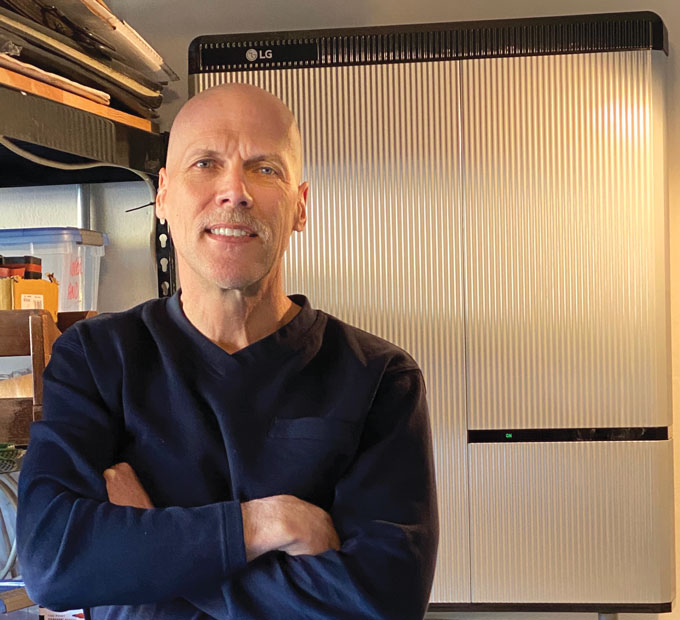
Rather than each house forming a little energy island, von Meier and colleagues believe that the more energy-efficient approach is for a city block to share a community microgrid powered by rooftop solar panels. Von Meier’s team simulated how much energy demand could be met by rooftop solar when houses were cut off from the main grid for different durations and times of year. The researchers based their analysis, presented at the April 2018 IEEE Green Technologies Conference in Austin, Texas, on real-world power consumption data from Austin homes over one year. The team compared hypothetical, 30-home microgrids with rooftop solar panels against identical city blocks where each home ran separately on solar power.
The
simulation played through outages lasting four hours, one day and eight days,
starting on each day of the year, at either midnight or in midafternoon. On
average, a block-sized microgrid met a greater fraction of its total energy
demand than about 70 percent of the individual homes. Block-scale microgrids
can meet more energy demand, overall, because power use in individual homes
tends to vary more over time than the power use of an entire block, the
researchers argue. Turning on a single appliance can change a home’s energy
demand by a lot. That same appliance has a much smaller effect on a 30-home
block.
Block-sized
microgrids may not be more efficient in all cases. But this kind of simulation
offers a way for developers to judge the benefits of potential neighborhood
microgrids with different energy demands and generation capacities. The
researchers are preparing to field-test their microgrid idea in a
soon-to-be-selected city block in Oakland, and plan to start building the
microgrid within two years.
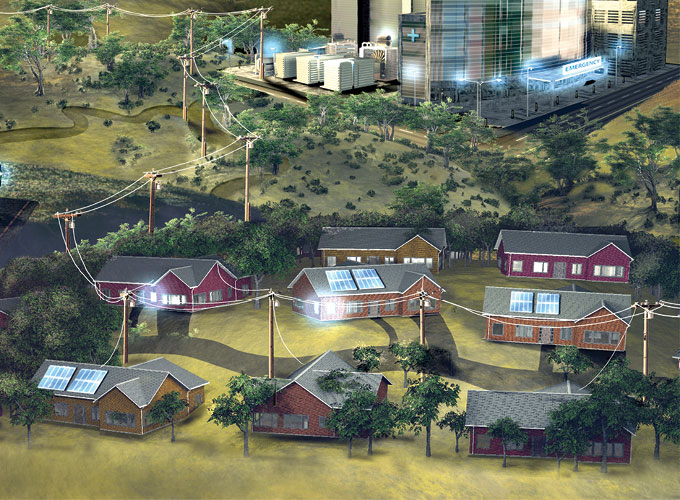
“Microgrids
are certainly a very important and rapidly developing solution” to power
outages, says Gregory Reed, who studies power grid technology at the University
of Pittsburgh. Some university campuses, airports and other businesses have
built their own microgrids. The Blue Lake Rancheria tribe in northwestern
California has constructed a solar-powered microgrid on its reservation, which
supplied electricity to the tribe and its neighbors when PG&E powered down
last October. The Native American tribe’s $6.3 million microgrid was built with
funding from its casino plus a state grant.
“Microgrids
are an expensive proposition,” Reed says. “People who can afford microgrids … they’re
leaving behind a whole part of the population that can’t.”
Power to the people
Extreme weather has already
left some people with no choice but to go off-grid. Take the small mountain
community of Adjuntas, in central Puerto Rico. “It’s an extremely peaceful
place to live,” says Arturo Massol-Deyá, who was born and raised there.
“Everyone knows each other.”
But in 2017, Hurricane Maria laid waste to Puerto Rico’s power grid, causing the largest blackout in U.S. history. Six months after the storm, more than 100,000 Puerto Ricans were still without electricity. “Our neighborhood was without power for four months,” Massol-Deyá says. “But the rural communities … were without power for almost a year.” The only place in town with power was a local environmental nonprofit that Massol-Deyá runs, called Casa Pueblo, thanks to its rooftop solar panels.
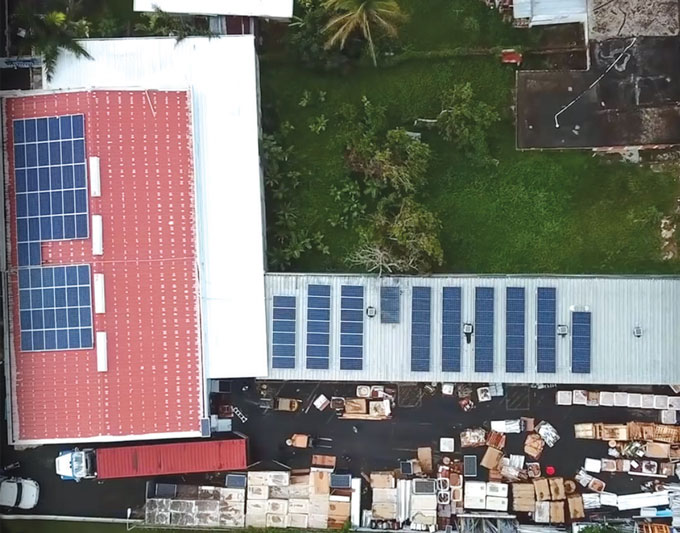
Casa
Pueblo became an “energy oasis” where people recharged their devices,
Massol-Deyá says. The organization also powered the local radio station and
installed solar power systems in the homes of people who needed power for
dialysis equipment or respiratory machines.
Puerto Rico’s government-owned power company has released a plan to build a new-and-improved power grid across the island, featuring eight smaller grid networks that can operate independently in an emergency. But Massol-Deyá’s team hasn’t been waiting around for change. Because Adjuntas has a high poverty rate, Casa Pueblo has outfitted dozens of homes in Adjuntas, along with the fire station, eldercare facility, barbershop and other businesses with solar power. The system held up during January’s string of earthquakes, Massol-Deyá says. Now the organization is gearing up to build a solar-powered microgrid to supply businesses in the town’s main square.
Massol-Deyá hopes that other communities will also become more self-sufficient with local, renewable energy resources. Reliable electricity is not just a convenience, he says. “It’s for survival.”
